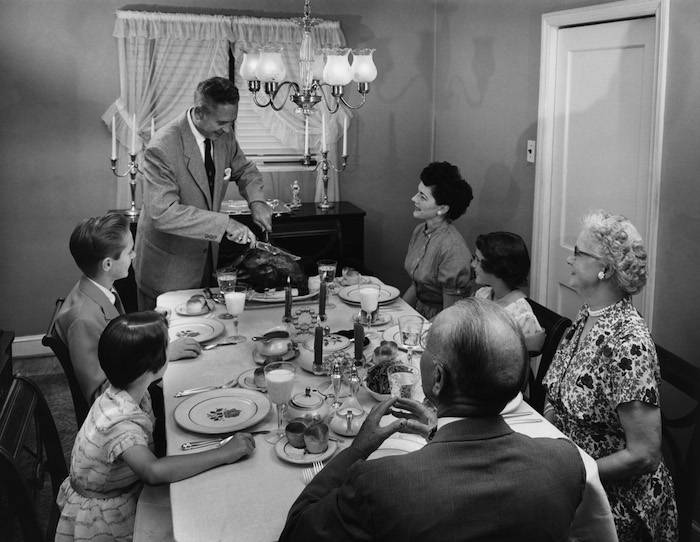What’s Cooking? The Slow Decline of the Family Dinner
By Greg Beaubien
December 2019
After years as an integral part of American life, family dinners at home are vanishing.
According to The Atlantic, Americans still want the economic stability and work-life balance that would let them regularly cook and eat dinner with loved ones, but in a 2011 survey from the Pew Research Center, only half of parents said they had dinner with at least one of their children every night.
As more women have entered the workforce and average commute times have grown longer, working adults are arriving home later and later. And with many jobs now requiring extensive time spent on computers, work never really ends for many people. Women now devote a little more than half the average time per day to cooking that they did in 1965, and men cook slightly more on average, The Atlantic reports.
Declining marriage rates also lead to solitary meals. In 1968, 83 percent of Americans between 25 and 37 years old were married — a number that has shrunk to 46 percent in 2019. From February 2018 to February 2019, 45 percent of American meals were eaten alone.
Meanwhile, despite the never-ending variety of meal-kit brands such as Blue Apron and HelloFresh and products like the Instant Pot, people don’t seem any closer to consistently finding time or energy to cook. Fast food has partially filled the gap, especially among low-wage workers. Meanwhile, the expansion of pricier fast-casual chains such as Sweetgreen that claim to offer healthier food suggests a broader segment of the population is eating out rather than cooking at home.
photo credit: lambert/fototrove



